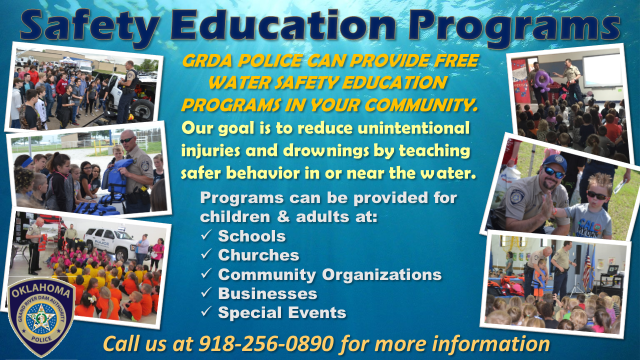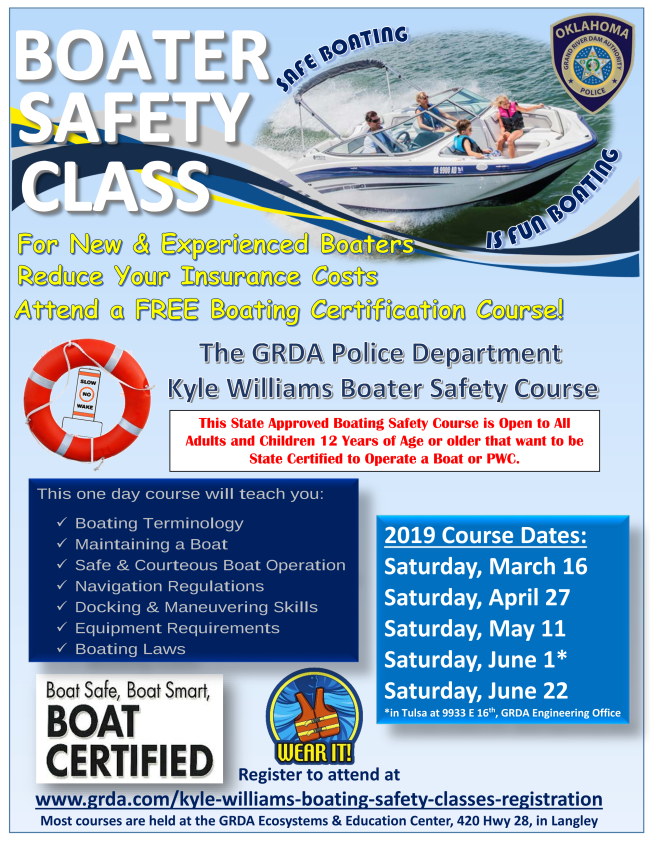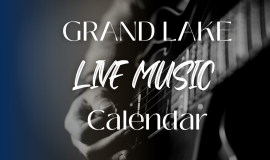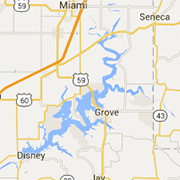April 23 GRDA Weekly Update

The Killer in Our River: Understanding Safety Around Dams
Adopt The Shoreline

If Your Property is on the Lake

Adopt the Shoreline Cleanup Efforts Underway
During the weekend of April 12, Zone 3 Coordinator Mike Fry, Adopt the Shoreline Volunteers, and GRDA conducted a shoreline cleanup in Zone 3 which extends from the mouth of Duck Creek to Red Arrow Marina. The cleanup efforts resulted in 1.39 tons of trash and Styrofoam being removed from the shoreline.
- Hometown Real Estate Group (Vinita)
- Gran Tara HOA
- Red Arrow HOA
- Woodland Shores HOA
- Two Tree Estates HOA
- Copper Cove & Preston Point HOA
- Paradise Cove Homeowners
- Coves Garden Club
- Vintage Home Owners
- GRDA Shoreline Cleanup Crew
Is Your Boat Registration Current

Small Vessel Registration Laws Changing

Governor Stitt recently signed HB 1156 that will amend state statute Title 63 O.S. 2011, Sections 4002, for the registration of small, human powered vessels to include canoes, paddleboats & kayaks. Effective November 1, 2019, the small human-powered vessels will not require state registration if “such vessel is a canoe, kayak or paddleboat as defined in Section 4002 of this title, except that such vessels, when powered by any means other than human power, shall be titled and registered pursuant to the provisions of the Oklahoma Vessel and Motor Registration Act. At the request of the owner, any vessel exempt from the title and registration provisions of this section shall be titled and registered pursuant to the provisions of the Oklahoma Vessel and Motor Registration Act for the purposes of proof of ownership or vessel identification. All title and registration fees shall be paid by the owner of the vessel.”
Quick Reference Guide


Did You Know?

Make sure more than one person on board is familiar with all aspects of your boat’s handling, operations, and general boating safety. If the primary navigator is injured or incapacitated in any way, it’s important to make sure someone else can follow the proper boating safety rules to get everyone else back to shore.
Safety Education Programs



Updates on the Web

Did you not receive our latest GRDA Update? Do you have a friend that wants to see our Updates? You can now go to our website at GRDA.com to view the latest edition of GRDA Police Updates. Go to the Lakes/River tab, open the GRDA Police tab and click on the GRDA Police Update for the latest version of our email release.
Boating Tips From Americas Boating Club - Grand Lake

Partner in Command Seminar Presented by America’s Boating Club - Grand Lake
NAV TIME
- Recreational vessels that are less than 16 feet in length
- Non-motorized open sailboats that are less than 26 feet in length
- Manually propelled vessels
- Orange Smoke—Handheld
- Orange Smoke—Floating
- Day Signal
- Red Meteor
- Day and Night Signal
- Red Flare
- Day and Night Signal
- Electric Light
- Night Signal
- Orange Flag
- Day Signal
Get Your Fee Copy
















